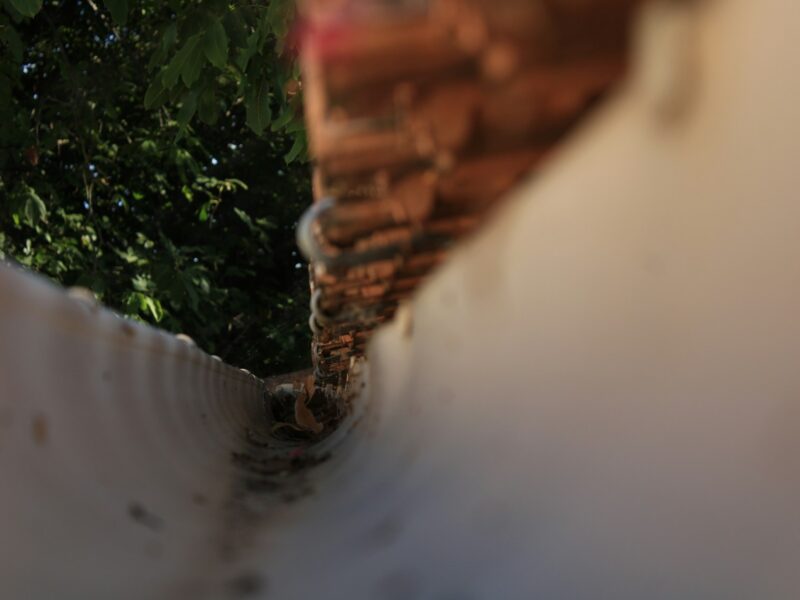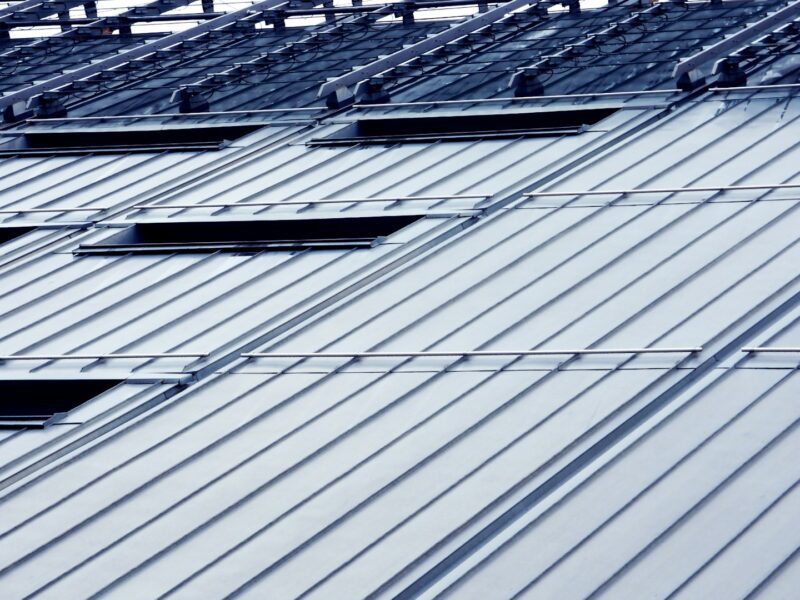Hydraulic fittings must have adequate strength and durability to withstand the high pressures of hydraulic systems. They also need to resist corrosion in harsh environmental conditions.
They can be made from metal or plastic, with the choice of material depending on application, cost, and availability. Each type of fitting has its proper assembly procedures, and strict adherence to those steps is vital to ensure leak-free performance.
Contents
Hydraulic Hoses
Hydraulic hoses transport pressurized hydraulic fluid from pumps to valves and functional elements, such as cylinders. They also provide a route for returning hydraulic fluid to tanks.
Reinforcement is essential for preventing hose failure due to vibration or external impacts. They can be made from various materials, the most common being nitrile rubber and thermoplastic. They may also be reinforced with one to six steel wire braids.
Hoses used on construction equipment are often exposed to harsh environments that can damage them. They must withstand extreme temperatures, sharp objects, and abrasions.
Hydraulic hoses’ internal and external diameters should be compatible with the hydraulic fittings that connect them to components. Over or under-sized fittings can cause leaks or rupture the hose. For this reason, it’s essential to use a hydraulic hose cutter and crimper that can be adjusted to fit the size of your specific hose. In addition, fittings must be compatible with the type of hydraulic fluid used and the operating environment.
Hydraulic Pumps
Hydraulic pumps drive hydraulic cylinders to operate equipment and machinery. They deliver high levels of power and force for tasks like die-casting, injection, stamping, and mobile and construction equipment. They are often much less likely to break down than other pumps.
They are typically designed with several characteristics that allow them to perform additional functions for specific applications. For example, expansion joints and couplings connect pipe segments and allow movement due to service load, shock, or heat cycles. Connect-under-pressure fittings enable the fitting installation or connection while the system is under pressure.
Fittings are designed to withstand specified temperature and pressure ratings, which may vary depending on the environment. They are typically made from metals such as stainless steel or brass and plastics such as polypropylene and can have a variety of diameter and connection standards. They seal fluid using either metal-to-metal contact or by compressing an elastomeric seal.
Hydraulic Cylinders
Hydraulic cylinders are the muscle behind a massive range of industrial tools. They give machines the power to protrude and retract rapidly, for example, in a stacker reclaimer used by mining companies to move tons of aggregates.
These cylinders are either single- or double-acting, and their design depends on the intended use. Single-acting cylinders have one chamber that receives pressurized hydraulic fluid (this will be the A port), while double-acting cylinders have both A and B ports. Oil enters the cylinder via port A and, when a control signal tells the cylinder to retract, diverts to port B, pushing the cylinder back up.
Fittings that attach hoses to the cylinder’s ports must be very secure, as they will be subjected to high pressure. They may be metal fittings, which tighten to seal fluid by bringing mating halves of the fitting together using threads, or they might be O-ring type fittings that contain the hydraulic fluid by compressing an elastomer.
Hydraulic Actuators
Hydraulic linear actuators work through the use of hydraulic fluid and pressure to move or thrust cylinders. They create 25 times greater force than their pneumatic counterparts and operate up to 4,000 psi. They require several complementary parts like a liquid reservoir, pumps and motors, hoses, heat exchangers, and noise-decrease equipment.
They also have high upfront costs and require ongoing maintenance and inspections for leaks. This makes them less suited for portable systems and environments where fluids may threaten the environment or product quality.
The other two major types of actuators are pneumatic and electric. Pneumatic actuators are powered by incompressible air from a compressor, while electric actuators use electrical power to convert rotary movement into linear motion. All three types have varying characteristics that should be evaluated for your specific application. For example, each type’s different seal methods and thread forms can confuse and make it challenging to identify the correct fitting when a change is needed.



